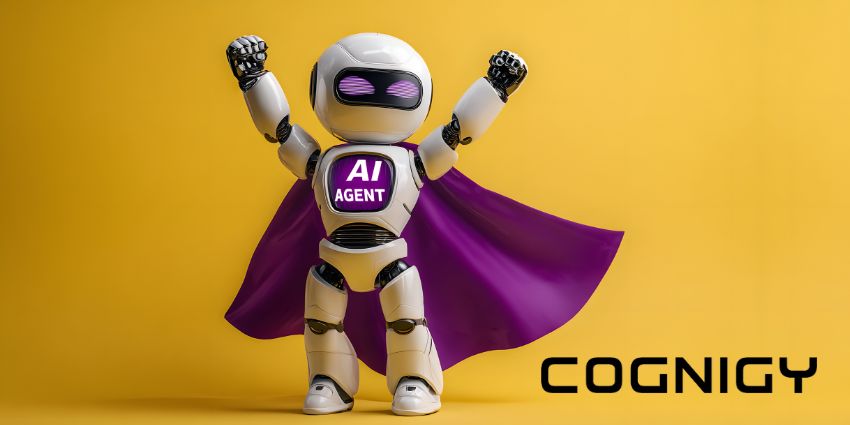Speech analytics is rapidly gaining momentum as a contact centre and CX optimisation staple. It allows you to convert unstructured call recordings/live calls into structured, machine-readable data so that you can extract insights via analytics. From monitoring real-time call quality to sentiment analysis, there are numerous use cases where you could gain from speech analytics. It’s no surprise, therefore, that this market segment is expected to more than double between 2020 and 2025 – reaching $3.8 billion by the end of the forecast period.
If you’re interested in investing in a speech analytics solution over the next few quarters, make sure to look for the following key features:
1. Automated post-call summarisation
Post-call activity – where the agent summarises the call findings, jots down notes, makes data entries on the CRM, and creates a holistic document for future reference – takes up a major chunk of the average agent’s workday. A primary use case for speech analytics should be to automate this process. Indeed, 35% of companies are looking to automate post-call summarisation, which makes this a must-have feature to look for in your speech analytics solution.
2. Multi-channel speech and text analysis
Speech and text analytics go hand in hand, as both are designed to derive meaningful information out of unstructured (and often unsolicited) data. The combination of speech and text will allow you to go multi-channel, consolidating insights from live calls and audio recordings as well as chat, email, and social media. Having all of this information in one place lets you build a 360-degree picture of the customer, providing accurate context to every interaction.
3. The ability to choose between high precision and high recall
When searching through a speech analytics database, the findings will either reflect a higher degree of precision or a high recall level. In the former, you get the instances where an interaction most accurately matches the keyword you are looking for. On the other hand, recall means you get every instance where the keyword might have been uttered. The ability to choose makes your tool more flexible and ready to take on a variety of decision-making use cases.
4. An automated measurement functionality
The speech analytics solution should prescore every interaction based on key metrics. For example, you might want to assess for awkward silences or undue periods of pause during a conversation. This functionality would set this business rule as key metadata when processing interactions and automatically score the data in a quantifiable manner.
5. An accuracy rate of 80%+
This is the most crucial feature to look for in speech analytics, without which you will find yourself wasting time on weeding out false positives. When converting unstructured speech to structured text for data analysis, accuracy rates can range from 73% (for Amazon) to 86% (as in Temi). More than 80% is a feasible threshold to aim for, given the state of speech analytics today.
Apart from this, you will also want to assess your speech analytics solution in terms of hosting environment (cloud or on-premise), customisable dashboards, and payment model.







